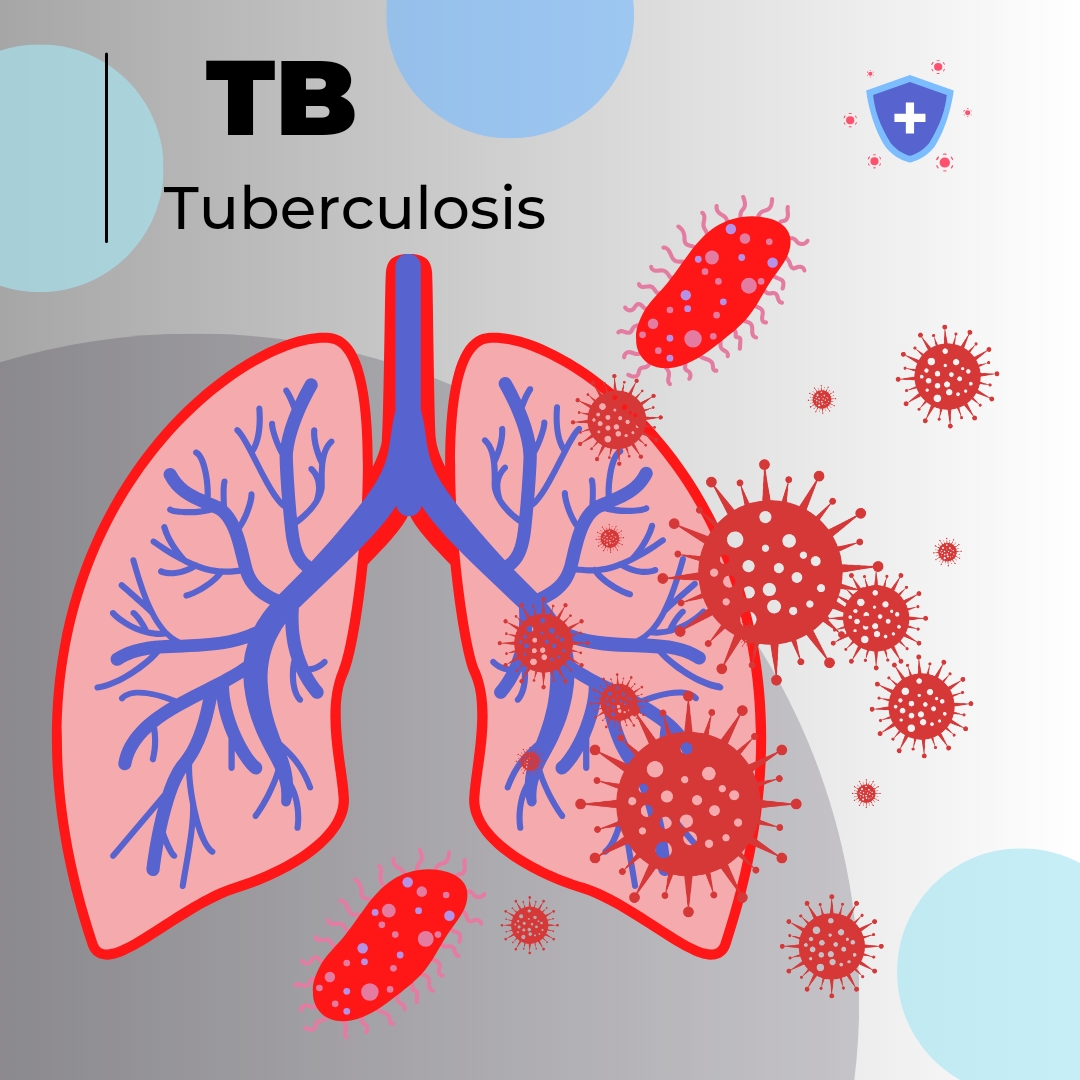Microbiology, the study of microscopic organisms, reveals a hidden world teeming with life that profoundly impacts our health and the environment. Microorganisms include bacteria, viruses, fungi, and protozoa, each with distinct characteristics and roles. This article delves into these types of microorganisms, their roles in health and disease, and the pressing issue of antibiotic resistance and superbugs.
Types of Microorganisms
Bacteria
Bacteria are single-celled prokaryotic organisms characterized by their simple cellular structure, lacking a nucleus and other membrane-bound organelles. They can be found in virtually every environment on Earth, from the deepest oceans to the human gut.
Classification:
- Shape: Cocci (spherical), Bacilli (rod-shaped), Spirilla (spiral-shaped)
- Gram Staining: Gram-positive (thick peptidoglycan layer) and Gram-negative (thin peptidoglycan layer and an outer membrane)
Roles:
- Beneficial: Gut microbiota aids in digestion and synthesizes vitamins. Soil bacteria like nitrogen-fixing bacteria help in plant growth.
- Pathogenic: Some bacteria cause diseases such as tuberculosis (Mycobacterium tuberculosis), strep throat (Streptococcus pyogenes), and cholera (Vibrio cholerae).
Viruses
Viruses are acellular entities composed of genetic material (DNA or RNA) enclosed in a protein coat called a capsid and sometimes an outer lipid envelope. They are obligate intracellular parasites, meaning they can only replicate inside the host cells.
Classification:
- Genetic Material: DNA viruses and RNA viruses
- Host Range: Specificity for particular host organisms (e.g., bacteriophages infect bacteria, human viruses infect humans)
Roles:
- Beneficial: Used in gene therapy and vaccine development (e.g., adenovirus vectors).
- Pathogenic: Cause diseases such as the common cold (rhinoviruses), influenza (influenza virus), HIV/AIDS (human immunodeficiency virus), and COVID-19 (SARS-CoV-2).
Fungi
Fungi are eukaryotic organisms that include yeasts, molds, and mushrooms. They can be unicellular or multicellular and have a complex cellular organization with a true nucleus and membrane-bound organelles.
Classification:
- Yeasts: Unicellular fungi (e.g., Saccharomyces cerevisiae used in baking and brewing)
- Molds: Multicellular fungi with filamentous structures (e.g., Penicillium)
- Mushrooms: Multicellular fungi with a distinct fruiting body
Roles:
- Beneficial: Decomposers breaking down organic matter, production of antibiotics (Penicillin from Penicillium), and fermentation in food production.
- Pathogenic: Cause infections such as athlete’s foot (Trichophyton), candidiasis (Candida), and more severe infections in immunocompromised individuals (Aspergillus).
Protozoa
Protozoa are single-celled eukaryotic organisms that can be free-living or parasitic. They exhibit diverse morphologies and life cycles and are found in various aquatic environments and soils.
Classification:
- Amoeboids: Move by pseudopodia (e.g., Amoeba)
- Flagellates: Move by flagella (e.g., Giardia)
- Ciliates: Move by cilia (e.g., Paramecium)
- Sporozoans: Non-motile, often parasitic (e.g., Plasmodium)
Roles:
- Beneficial: Some protozoa in the gut of ruminants aid in digestion.
- Pathogenic: Cause diseases such as malaria (Plasmodium), giardiasis (Giardia lamblia), and sleeping sickness (Trypanosoma brucei).
The Role of Microbes in Health and Disease
Microorganisms play crucial roles in both health and disease. Beneficial microbes are essential for maintaining health, while pathogenic microbes are the culprits behind various diseases.
Beneficial Roles
- Gut Microbiota: The human gut is home to trillions of bacteria that aid in digestion, synthesize vitamins (e.g., vitamin K and B vitamins), and protect against pathogens by competing for resources and producing antimicrobial compounds.
- Immune System Modulation: Exposure to certain microbes can help develop and modulate the immune system, preventing allergies and autoimmune diseases.
- Biotechnology: Microbes are used in biotechnology for the production of antibiotics, vaccines, enzymes, and in bioremediation to clean up environmental pollutants.
Pathogenic Roles
- Infectious Diseases: Pathogenic microbes are responsible for a wide range of infectious diseases. Bacteria can cause tuberculosis, pneumonia, and urinary tract infections. Viruses can lead to diseases like the flu, HIV/AIDS, and COVID-19. Fungi can cause infections such as athlete’s foot and histoplasmosis. Protozoa are responsible for diseases like malaria and amoebiasis.
- Toxins: Some bacteria produce toxins that are harmful to humans. For example, Clostridium botulinum produces botulinum toxin, which causes botulism.
- Opportunistic Infections: In immunocompromised individuals, normally harmless microbes can cause serious infections. Candida species, usually benign, can cause severe infections in those with weakened immune systems.
Antibiotic Resistance and Superbugs
Antibiotic Resistance
Antibiotic resistance occurs when bacteria evolve mechanisms to withstand the effects of antibiotics. This resistance can develop through genetic mutations or by acquiring resistance genes from other bacteria via horizontal gene transfer.
Causes:
- Overuse and Misuse: Excessive use of antibiotics in medicine and agriculture accelerates the development of resistance.
- Incomplete Courses: Not completing a prescribed antibiotic course can leave surviving bacteria to develop resistance.
Superbugs
Superbugs are strains of bacteria that have become resistant to multiple antibiotics, making them particularly difficult to treat. Notable examples include Methicillin-resistant Staphylococcus aureus (MRSA), Carbapenem-resistant Enterobacteriaceae (CRE), and multidrug-resistant Mycobacterium tuberculosis (MDR-TB).
Impact:
- Healthcare: Superbugs cause infections that are harder to treat, leading to longer hospital stays, higher medical costs, and increased mortality.
- Global Health Threat: The spread of antibiotic-resistant bacteria is a significant global health threat, requiring coordinated international efforts to manage and control it.
Combating Antibiotic Resistance:
- Stewardship Programs: Implementing antibiotic stewardship programs to ensure the appropriate use of antibiotics.
- Research and Development: investing in the development of new antibiotics, alternative therapies, and rapid diagnostic tools.
- Public Awareness: Educating the public on the proper use of antibiotics and the importance of vaccination to prevent infections.
Conclusion
Microbiology offers profound insights into the microscopic world that influences our health and the environment. Understanding the diversity of microorganisms, their beneficial and pathogenic roles, and the challenges posed by antibiotic resistance is crucial for advancing medical science and public health. Through continued research and responsible practices, we can harness the power of microbes for our benefit while mitigating the risks they pose.
https://www.sciencestoryteller.com/2023/10/12/introducing-impact-of-tuberculosis-tb-second-only-to-covid-19/
https://www.sciencestoryteller.com/2023/10/14/fundamentals-of-the-body-tissues-understand-structure-and-function/



